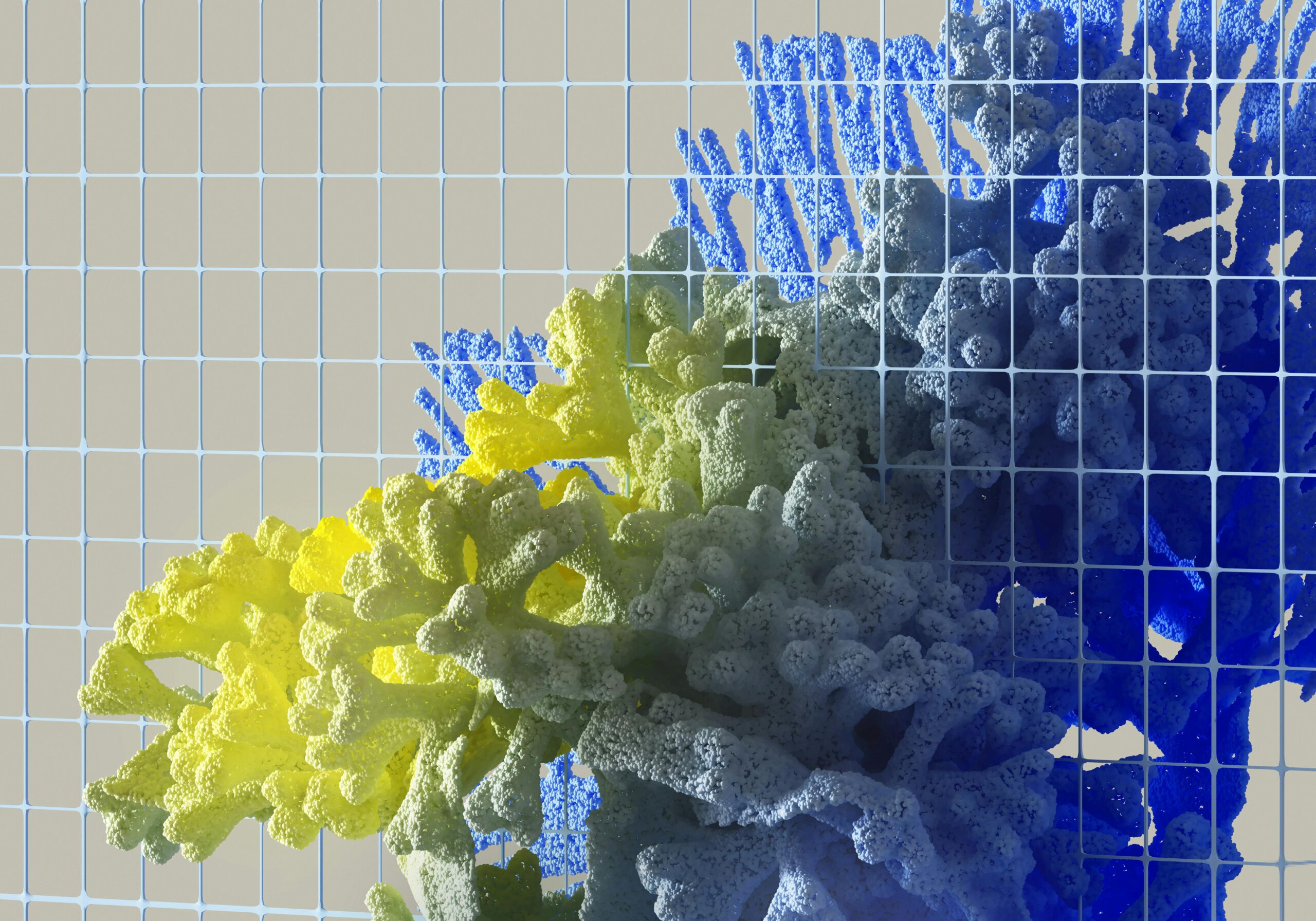Contents
- 1 An In-depth Analysis: Applications of Machine Learning in Healthcare
- 2 Intro
- 3 Enhancing Diagnostic Accuracy with Machine Learning
- 4 Personalizing Patient Care Through Predictive Analytics
- 5 Optimizing Operational Efficiency in Healthcare Facilities
- 6 Advancing Drug Discovery and Development
- 7 Machine Learning in Managing Chronic Conditions
- 8 Enhancing Telemedicine with Artificial Intelligence
- 9 Ethical Considerations and Privacy Concerns in Healthcare ML
An In-depth Analysis: Applications of Machine Learning in Healthcare
Intro
Machine learning has emerged as a powerful tool in the field of healthcare, revolutionizing the way we approach diagnosis, treatment, and overall patient care. With the ability to analyze vast amounts of data and make predictions and decisions based on that data, machine learning has opened up new possibilities for personalized and efficient healthcare. The applications of machine learning in healthcare are diverse and ever-growing, ranging from disease diagnosis and drug discovery to predicting patient outcomes and improving hospital operations. In this blog post, we will take an in-depth look at some of the most exciting and impactful applications of machine learning in healthcare, exploring how this technology is transforming the industry and improving patient outcomes.
Enhancing Diagnostic Accuracy with Machine Learning
Machine learning (ML) is revolutionizing the accuracy of medical diagnostics, offering a leap forward from traditional methods. By leveraging complex algorithms and vast datasets, ML models can identify patterns and anomalies with a precision often surpassing human experts. For instance, in radiology, ML algorithms are being used to detect subtle signs of diseases such as cancer, fractures, and neurological disorders from imaging scans with remarkable accuracy. Similarly, in pathology, machine learning tools analyze tissue samples, identifying markers that are invisible to the naked eye. This capability extends to predicting the risk of diseases such as diabetes and heart conditions by analyzing electronic health records (EHRs) to spot early warning signs. The key advantage of machine learning in diagnostics is its ability to continuously learn and improve. As more data becomes available, these models are refined, becoming more accurate and reliable over time. This not only aids in early detection and diagnosis but also significantly reduces the rate of diagnostic errors, thus potentially saving lives by enabling timely and appropriate treatment interventions. The application of ML in enhancing diagnostic accuracy showcases a pivotal shift towards more data-driven, precise, and personalized healthcare.
Personalizing Patient Care Through Predictive Analytics
Predictive analytics, fueled by machine learning, is significantly enhancing the personalization of patient care. By sifting through and analyzing vast arrays of data from electronic health records, wearable devices, and genomic information, predictive models can forecast individual health risks and outcomes with unprecedented precision. This approach enables healthcare providers to tailor treatment plans to the specific needs and risk profiles of each patient, moving beyond the one-size-fits-all approach. For example, predictive analytics can identify patients at high risk for readmission following surgery and allow for interventions that may prevent such outcomes. Similarly, by predicting the progression of chronic diseases, healthcare professionals can adjust medications and lifestyle recommendations in real-time, drastically improving the quality of life for those affected. The key to success in this domain is the continuous refinement of algorithms as they learn from new data, ensuring that the predictive models remain accurate over time. Personalizing patient care through predictive analytics not only improves outcomes but also enhances patient engagement and satisfaction, as individuals feel more understood and supported in their healthcare journeys.
Optimizing Operational Efficiency in Healthcare Facilities
Machine learning is playing a crucial role in enhancing the operational efficiency of healthcare facilities, leading to better patient care and reduced costs. By analyzing patterns within vast datasets, ML algorithms can predict patient admission rates, optimize staff allocation, and manage resources more effectively. For instance, predictive models can forecast peak times for patient admissions, allowing hospitals to prepare by allocating the right number of staff and resources, thereby reducing wait times and improving patient satisfaction. Additionally, machine learning can streamline the scheduling of surgeries and appointments, minimizing delays and maximizing the utilization of operating rooms and medical equipment. Inventory management is another area where ML contributes significantly. By predicting the demand for medical supplies and medications, healthcare facilities can maintain optimal stock levels, avoiding both shortages and excess inventory. This not only ensures that patients receive the necessary care without delay but also significantly reduces wastage and costs. Through these applications, machine learning is enabling healthcare facilities to operate more efficiently, ensuring that they can deliver high-quality care while also managing their resources effectively.
Advancing Drug Discovery and Development
Machine learning is dramatically accelerating the pace and efficiency of drug discovery and development, promising to bring new treatments to market more quickly and cost-effectively. By applying ML algorithms to the analysis of biochemical and pharmacological data, researchers can predict how different chemical compounds may interact with biological targets, identifying promising candidates for new drugs much faster than traditional methods. This computational approach to drug design, known as in silico screening, significantly reduces the need for extensive laboratory testing in the early stages, saving time and resources. Furthermore, ML models are instrumental in understanding the complex relationships between genetic factors and disease, enabling the development of personalized medicine. They also play a crucial role in clinical trials, from optimizing patient selection to monitoring outcomes and analyzing results, ensuring that potential therapies are both safe and effective. By harnessing the predictive power of machine learning, the pharmaceutical industry is not only expediting the discovery and development of new drugs but also enhancing the precision and success rate of these ventures, promising a new era of treatment possibilities.
Machine Learning in Managing Chronic Conditions
The management of chronic conditions is undergoing a transformation through the application of machine learning, offering patients and healthcare providers new tools for ongoing care. By analyzing continuous streams of data from wearable devices and electronic health records, machine learning algorithms can monitor the health status of individuals with chronic conditions in real time. This capability enables the early detection of exacerbations or complications, allowing for prompt interventions that can prevent condition worsening. Moreover, machine learning models help in the customization of treatment plans by learning from each patient’s unique health data and response to treatment, thus optimizing therapy effectiveness. For conditions such as diabetes, where blood glucose levels need constant monitoring, ML algorithms can predict blood sugar spikes or drops, guiding dietary and medication adjustments. In asthma and COPD management, machine learning aids in predicting environmental or personal triggers, helping patients avoid episodes. This proactive approach facilitated by machine learning not only enhances the quality of life for patients with chronic conditions but also reduces the need for emergency healthcare services, contributing to the sustainability of healthcare systems.
Enhancing Telemedicine with Artificial Intelligence
The integration of Artificial Intelligence (AI) into telemedicine is transforming remote healthcare services, making them more accessible and effective than ever before. AI-driven platforms are enhancing the telemedicine experience by providing more accurate and timely diagnoses, personalized treatment recommendations, and improved patient monitoring. For example, AI algorithms can analyze patient data in real time during a teleconsultation, assisting healthcare professionals in making more informed decisions. Additionally, chatbots and virtual health assistants, powered by AI, offer 24/7 support to patients, answering queries, reminding them to take medications, and even helping manage chronic conditions from the comfort of their homes. This level of ongoing support is particularly crucial for populations with limited access to traditional healthcare facilities. Moreover, AI enhances the efficiency of telemedicine services by automating administrative tasks, such as appointment scheduling and patient follow-ups, allowing healthcare providers to focus more on patient care. This synergy between AI and telemedicine is not only expanding the reach of quality healthcare but is also paving the way for a future where healthcare is more personalized, efficient, and accessible to all.
Ethical Considerations and Privacy Concerns in Healthcare ML
As machine learning (ML) integrates more deeply into healthcare, it raises significant ethical considerations and privacy concerns. The collection, analysis, and storage of vast amounts of sensitive health data necessitate stringent measures to protect patient confidentiality and ensure data security. The risk of data breaches and unauthorized access poses a substantial threat, potentially compromising patient trust and the integrity of healthcare systems. Furthermore, there are ethical questions around bias and fairness in ML algorithms. If the data used to train these algorithms is not diverse, it can lead to biased outcomes that disproportionately affect certain groups, undermining the equity of healthcare services. Ensuring that ML applications in healthcare are transparent and accountable is critical, requiring clear guidelines and oversight to avoid misuse of data and to guarantee that decisions are fair and explainable. Addressing these ethical considerations and privacy concerns is paramount to maintaining the trust of patients and the broader community, ensuring that the benefits of ML in healthcare are realized in a responsible and ethical manner.

